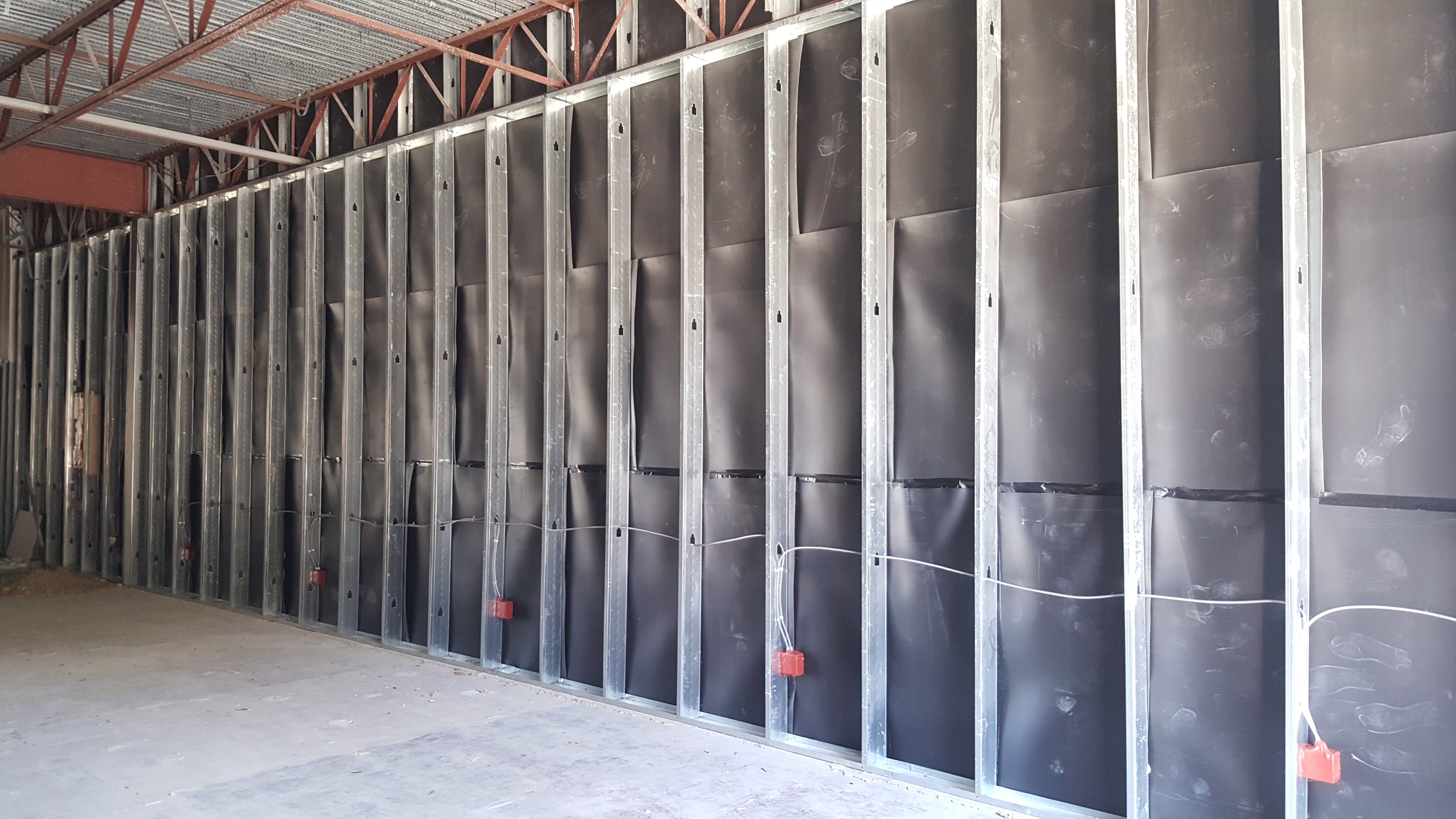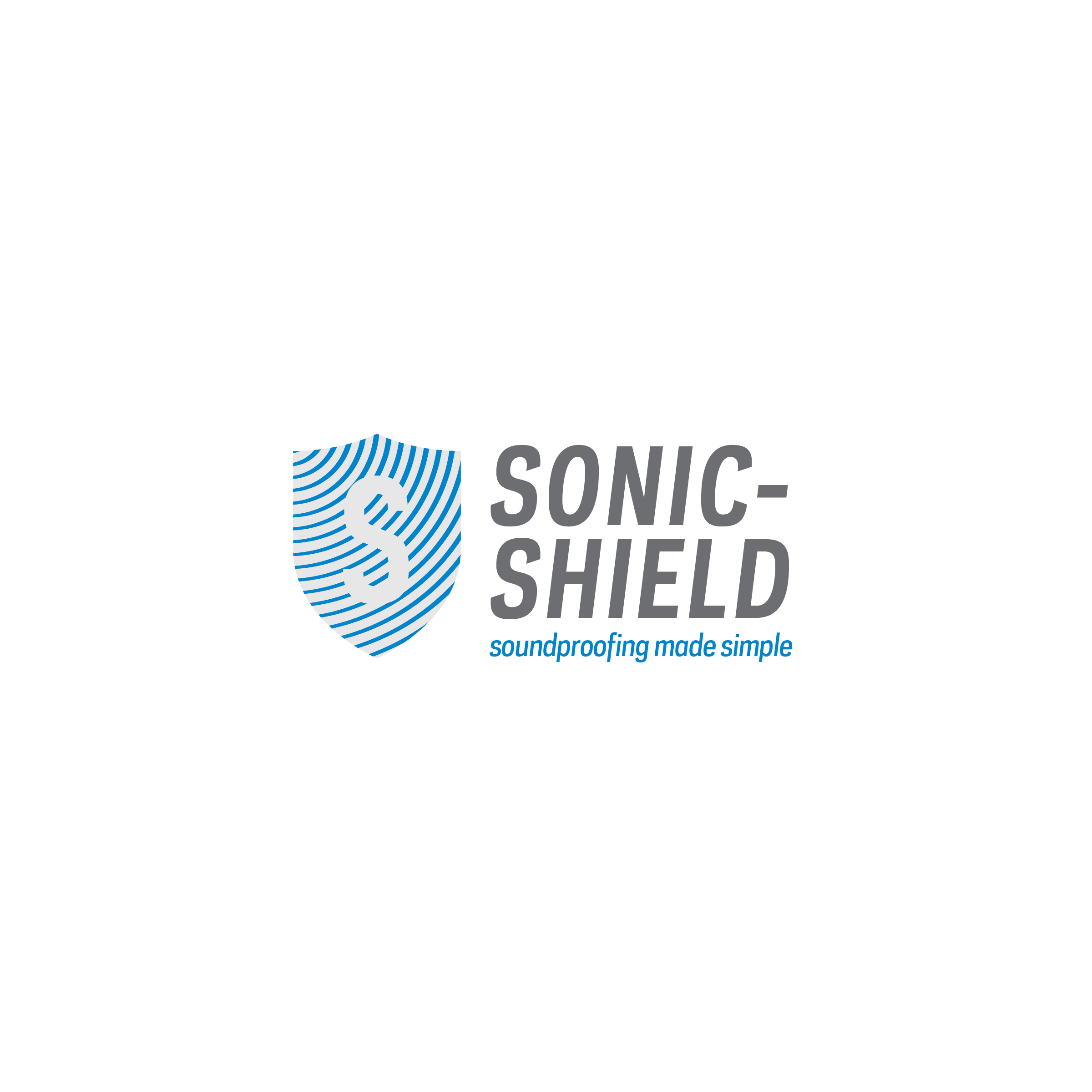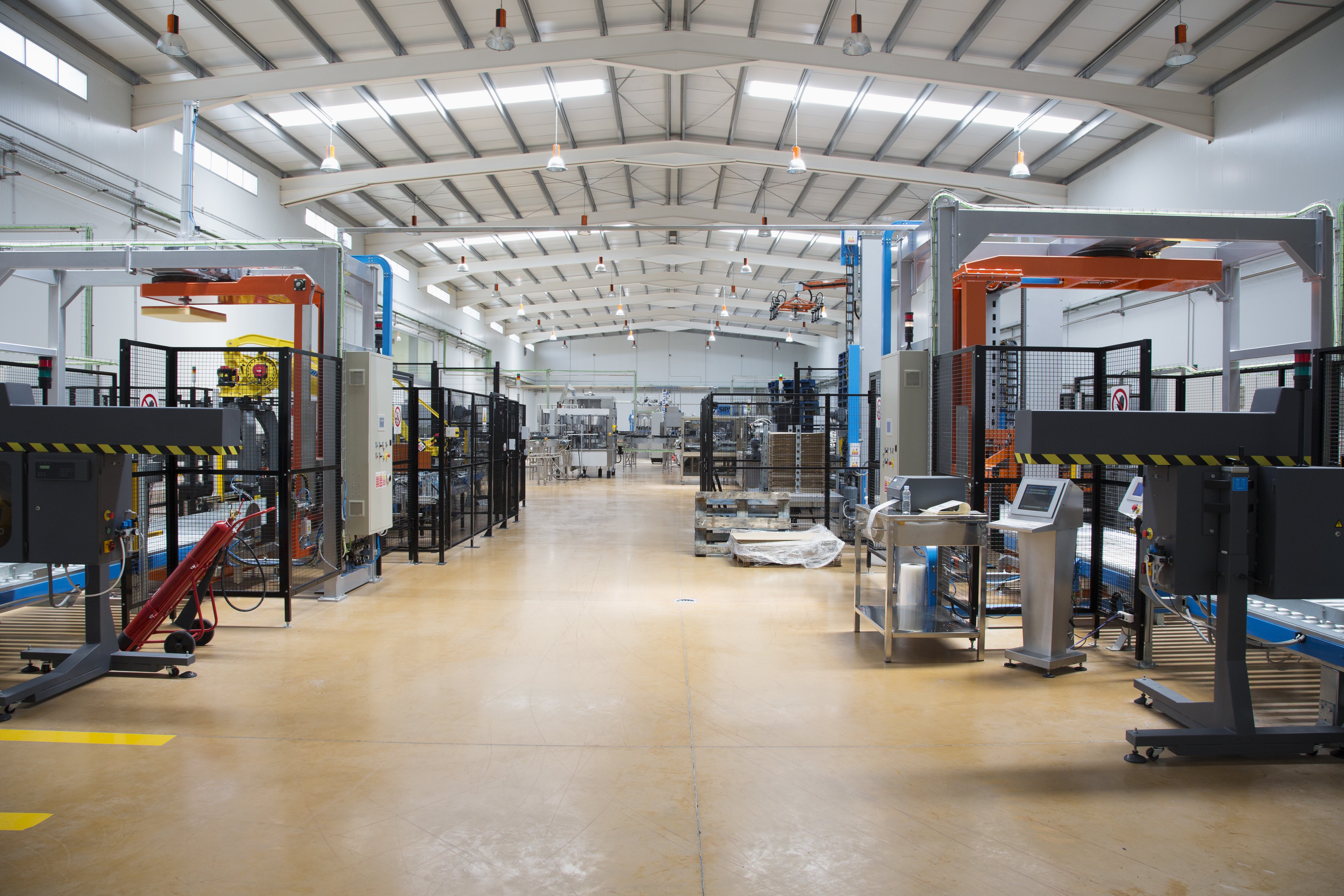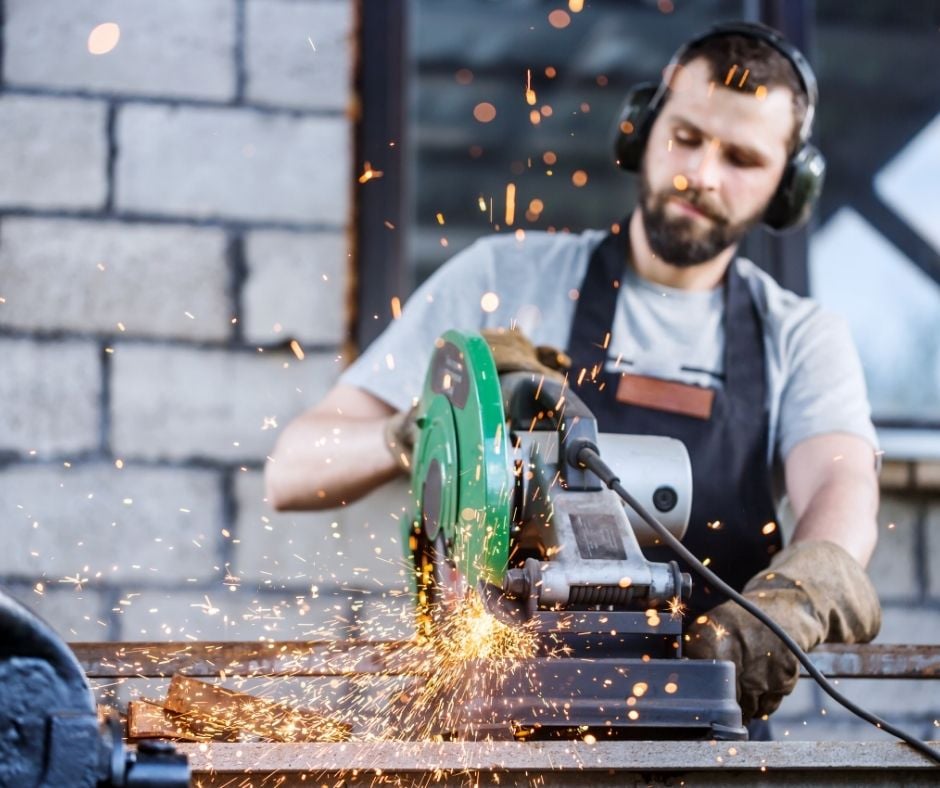
Often, commercial contractors consider soundproofing as a bit of an afterthought; commercial acoustics are probably not the first thing on their mind when building. In fact, most people don’t notice acoustics until a building has been completed and is occupied – which is why most soundproofing solutions are added retroactively.
As we’ve discussed previously, an ounce of prevention is worth a pound of cure. And soundproofing doesn’t need to compromise the building’s design; it simply requires a little planning and forethought.
Identify The Potential Noise and its Source
The development of an effective commercial noise solution starts by first identifying the potential offending noise and more importantly, its source. Only then can preventative steps be taken throughout the building process as follows:
Identification
First, identify the noise through thorough acoustical testing and analysis to understand where soundproofing your commercial space will be most effective.
Materials
Choose commercial soundproofing materials that are specific to your particular needs, not just what someone is trying to sell you on.
Experts
Hire trusted acoustical experts who have designed commercial soundproofing solutions in the past to ensure you have the most effective solution for your unique needs.
Commercial Noise Solutions
After identifying the potential noises, their sources and their subsequent path(s), you and your acoustical expert can decide if sound absorption materials, sound barrier materials or soundproofing enclosures are best suited for your project.
There isn’t a “silver-bullet solution” for commercial soundproofing, so understanding noise and all the available options for soundproofing will help you create the perfect solution for your commercial project.
Absorption Materials
Absorption materials are typically used in floors and ceilings. Our Sonic Fiber mineral wool is a semi-flexible non-asbestos mineral wool that provides greater sound attenuation than fiberglass or urethane foam. Sonic Fiber is naturally hydrophobic (repels water), fire resistant and doesn’t promote mold growth. As a superior sound attenuation material and better option than fiberglass or foam, mineral wool’s added mass makes it much more effective at attenuating lower frequency noise.
Barrier Materials
Barrier materials added to walls can reduce perceived loudness of transmitted noise up to 75 percent. This is especially critical with hotels and multi-family projects, where a double layer of drywall is necessary due to fire ratings. Any commercial business that shares a wall with a neighbor is a candidate for this product as well. It is much more cost-efficient to simply include a layer of sound dampening material to attain strong sound deadening efficiency during a build out or planned renovation, than to retroactively apply the product “after the fact.”
Enclosures
Windows, HVAC, air conditioning units and other machinery noise are also considerations for soundproofing while in design and planning. Soundproof enclosures can be built to customized specifications for location-specific equipment or other noise sources.
Acoustics Are Critical
Sonic-Shield has an engineering staff with advanced technical capabilities and extensive acoustical experience who can solve for all soundproofing needs – residential, commercial and industrial – and with the selection and installation of soundproofing materials and products to solve their noise and vibration problems.
Contact one of our soundproofing experts to help you design a customized plan for your next construction project.




